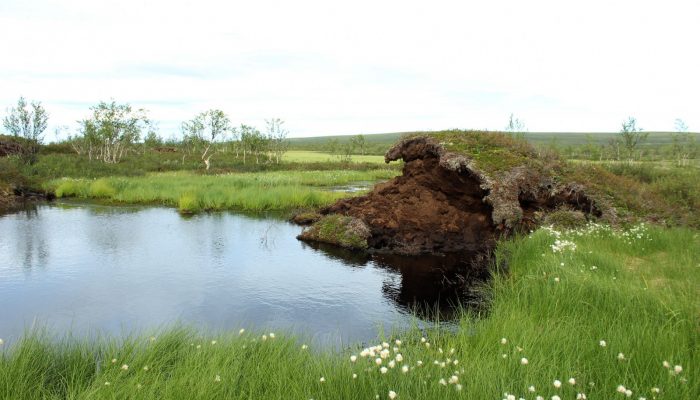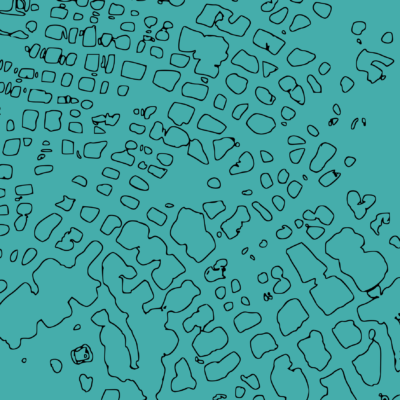I really like to combine science and art. This puts science in a larger perspective and can help understand it in different ways. And perhaps more importantly, it evokes emotion. I wrote haikus and created stencils for every chapter of my PhD thesis. I created these artworks to illustrate the dimensions of the permafrost region and the consequences of global warming on permafrost. Let me show you ...[Read More]
For Dummies – How do wildfires impact permafrost? [OR.. a story of ice and fire]
Wildfire – like the ones observed in the Northwest Territories, Canada in 2014 (Fig. 1) – is a natural part of permafrost landscapes, but fires are expected to get more frequent and severe as the climate warms. This could accelerate the degradation of permafrost, with negative consequences on the local and global scale! We have a pretty good understanding of how permafrost responds to fire t ...[Read More]
Image of the Week – Permafrost features disappearing from subarctic peatlands

Some of the most remarkable, marginal features of permafrost – palsas – are degrading and disappearing metre by metre from North European peatlands, and are driven close to extinction by the climate change. What are these permafrost features? A palsa is a peat mound with an icy core, which stays frozen throughout summer due to the insulating property of dry peat. These mounds can rise up to 10 met ...[Read More]

